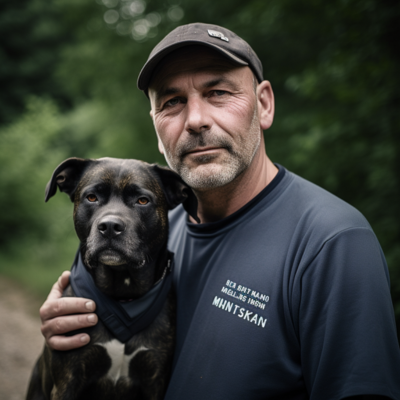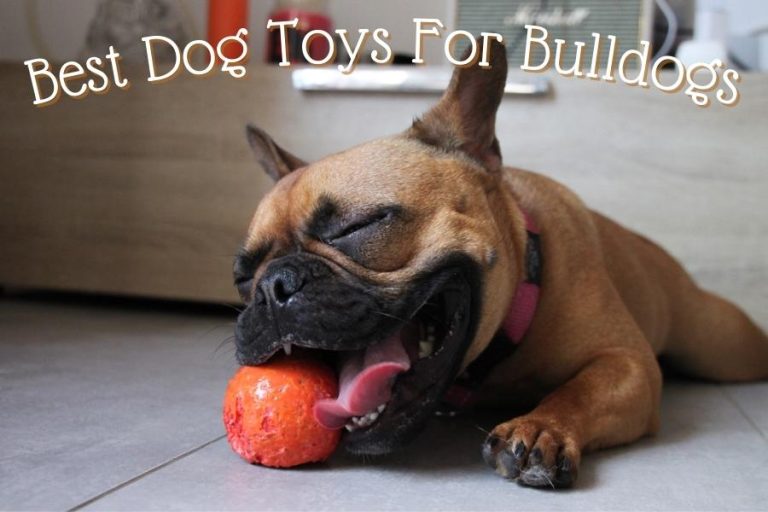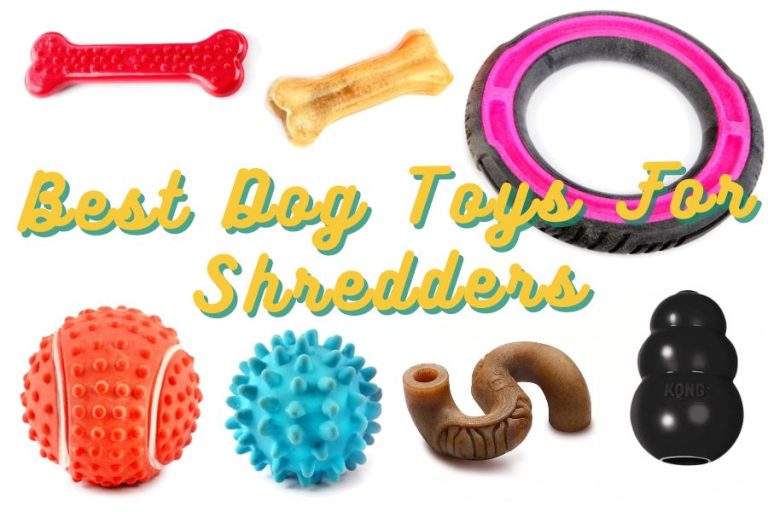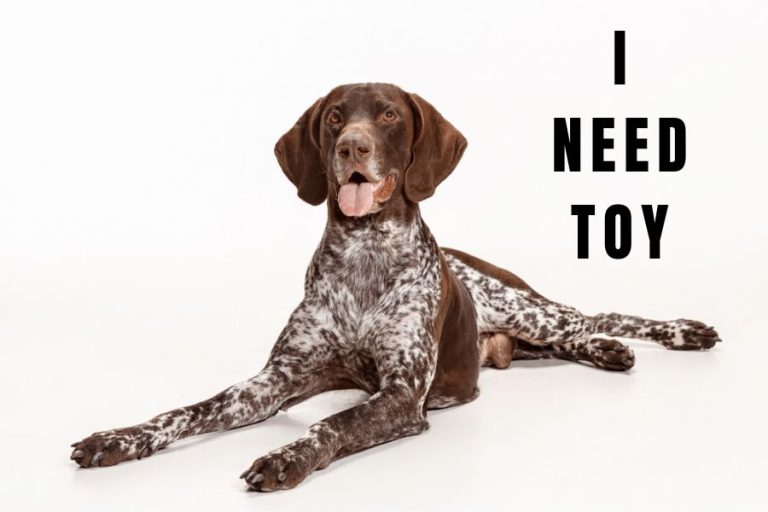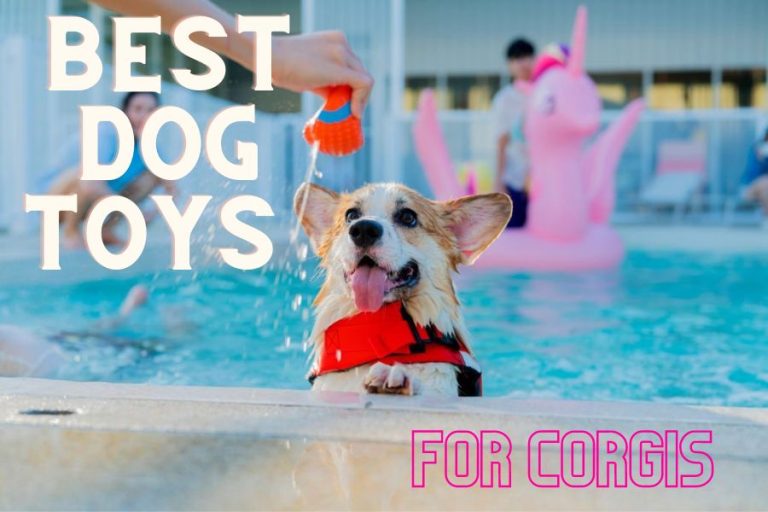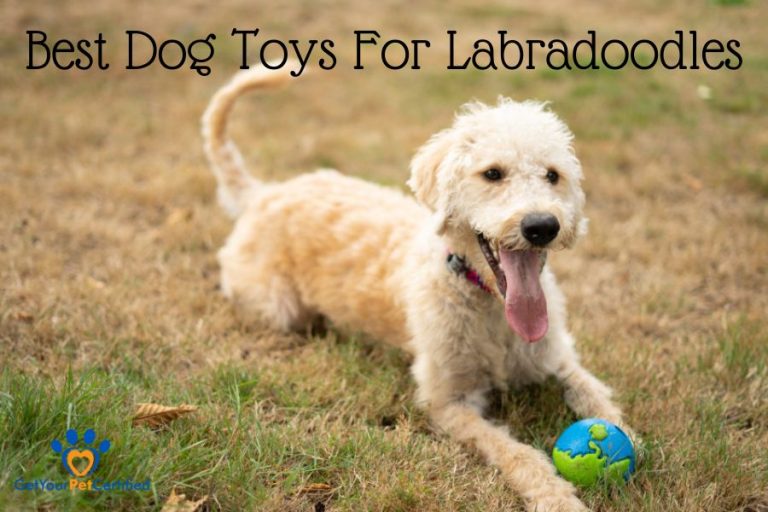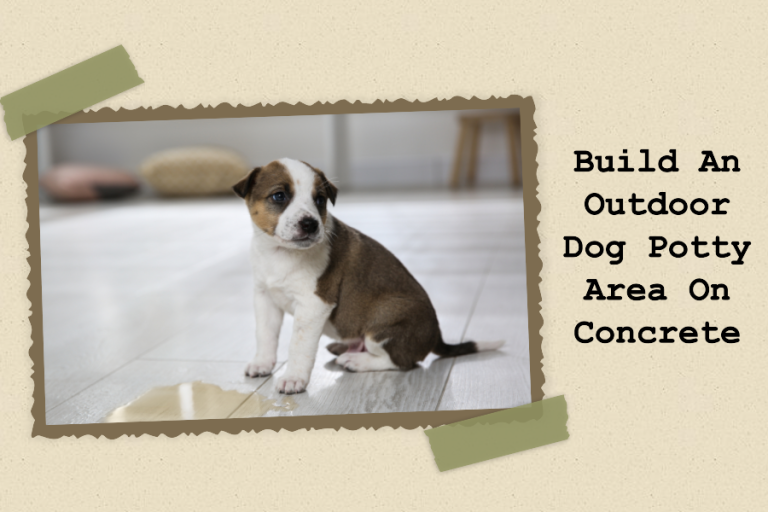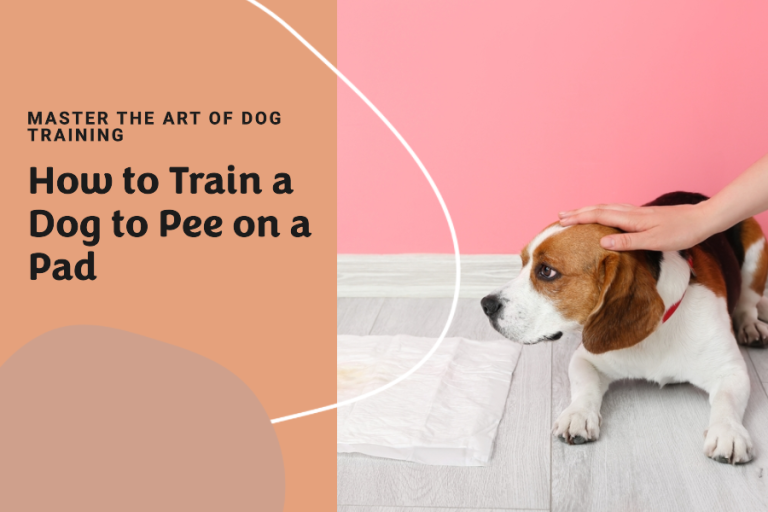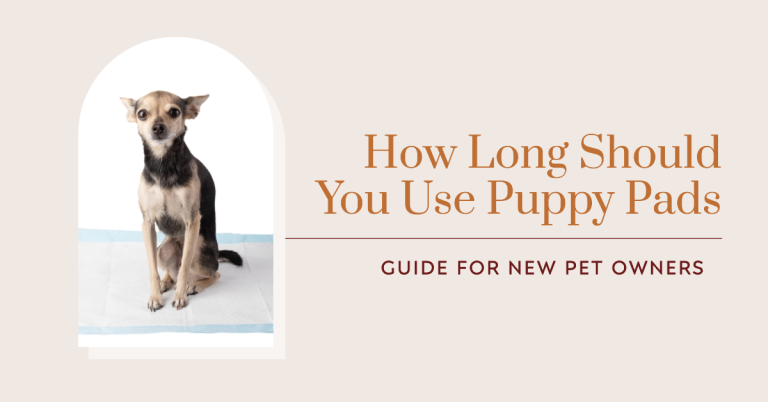How Often to Change Puppy Pads: Detailed Guide for New Pet Owners
Introduction
How Often to Change Puppy Pads ? Changing it too soon might seem wasteful, while waiting too long can result in a less-than-pleasant clean-up. We all love a clean, fresh-smelling home, right? Highlights the importance of understanding the right balance in changing puppy pads.
In this blog post, we’re going to show you why changing puppy pads often is key to a clean home and a healthy pup. Learn about the balance between hygiene and economy So, stick with us, we’ve got some handy tips to share with you!
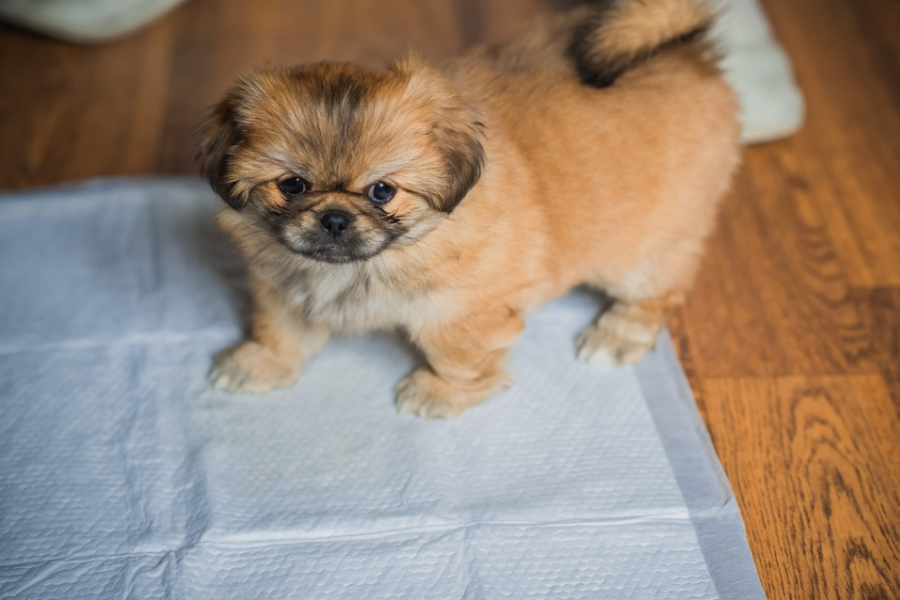
How Often Should You Change Puppy Pads?
Let’s talk about puppy pads. They’re a big help when you’re training your pup. They soak up pee, keep bad smells away, and make clean-up a breeze. But, you might be wondering, how often should you swap them out for a fresh one?
What Puppy Pads Do?
Puppy pads are like your pup’s personal bathroom. They soak up the pee, keep your house smelling fresh, and make it super easy to clean up. Just pick up the dirty pad and toss it out!
When to Toss Out the Old Pad?
The frequency of changing puppy pads largely depends on a few key factors:
- Size and Age of Puppy: Smaller, younger puppies will need their pads changed more frequently due to more frequent urination. As they grow and gain more bladder control, you can expect to change the pads less often.
- Health and Hygiene: Frequent changes are essential to prevent the growth of bacteria and maintain good hygiene, which is particularly important for puppies who are still developing their immune systems.
- Multiple Uses: If the pad isn’t heavily soiled, it might be suitable for more than one use. However, it’s important to change it if there’s any solid waste.
- Absorbency of the Pads: High-quality, more absorbent pads can hold more liquid and might not need to be changed after every single use. But keep an eye on the saturation level to ensure it doesn’t overflow or cause leakage.
How Often to Change Puppy Pads?
You should change the puppy pad as soon as it’s dirty. But, how often that happens can depend on your pup. Younger pups and those that drink a lot of water or eat wet food might need fresh pads more often.
Can You Reuse Puppy Pads?
Some folks might tell you that you can reuse puppy pads. But, we don’t think it’s a good idea. Used puppy pads can harbor bacteria and emit strong odors.
Reusing them can increase the risk of your puppy coming into contact with harmful germs, which is particularly risky for young puppies with developing immune systems. Even if it saves you a bit of money, it’s not worth the risk.
Best Practices for Using Puppy Pads
Using puppy pads effectively involves more than just placing them down for your puppy to use. However, with the right methods and a little patience, it can be a breeze. In this section, we share our best practices for using puppy pads effectively.
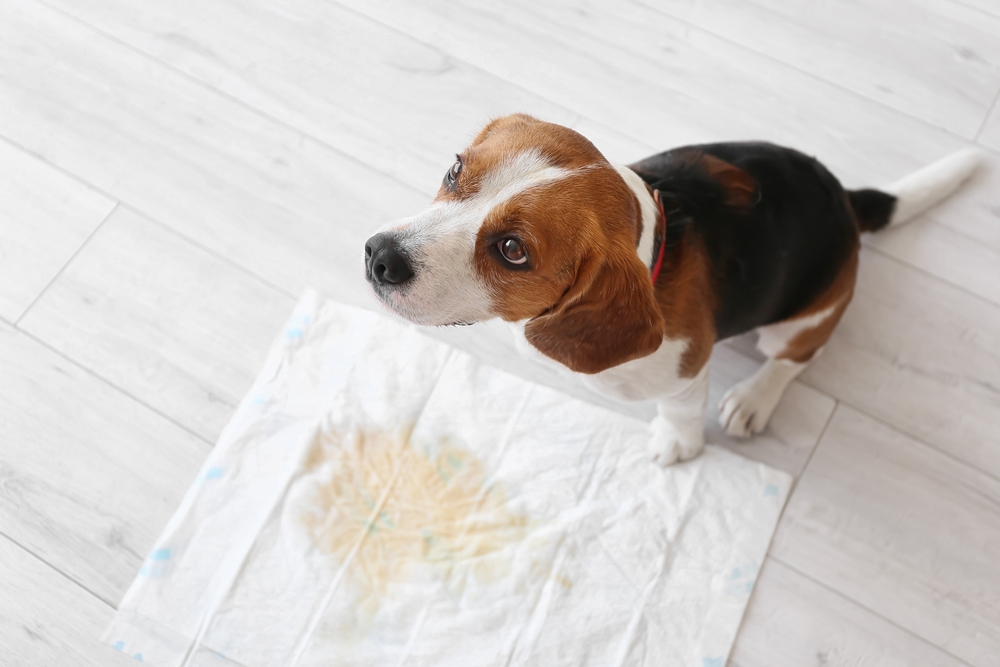
Tips and Tricks for Effectively Using Puppy Pads
Introducing the Pad
Introducing your puppy to the pad is a foundational step in training. This step is all about making the puppy pad a familiar and comfortable place for your puppy to relieve themselves.
- Familiarization: It’s important to allow your puppy to sniff and explore the pad. Some trainers suggest even gently rubbing the pad against the puppy’s belly to transfer their scent to it, enhancing the familiarity.
- Consistency in Location: Always place the pad in the same spot. Puppies thrive on routine and consistency.
- Early Introduction: The sooner you introduce the pad to your puppy, the better. Puppies can start learning from as early as a few weeks old.
Use a Cue Word
Using a cue word helps in creating a verbal association with the act of eliminating on the pad.
- Choice of Cue Word: Choose a simple, easy-to-remember word like “potty” or “pee-pee.” Consistency in using the same word is key.
- Repetition: Repeat the cue word every time you take your puppy to the pad. Eventually, they will associate the word with the action of relieving themselves.
- Positive Association: The cue word should always be used in a positive, encouraging tone to create a positive association.
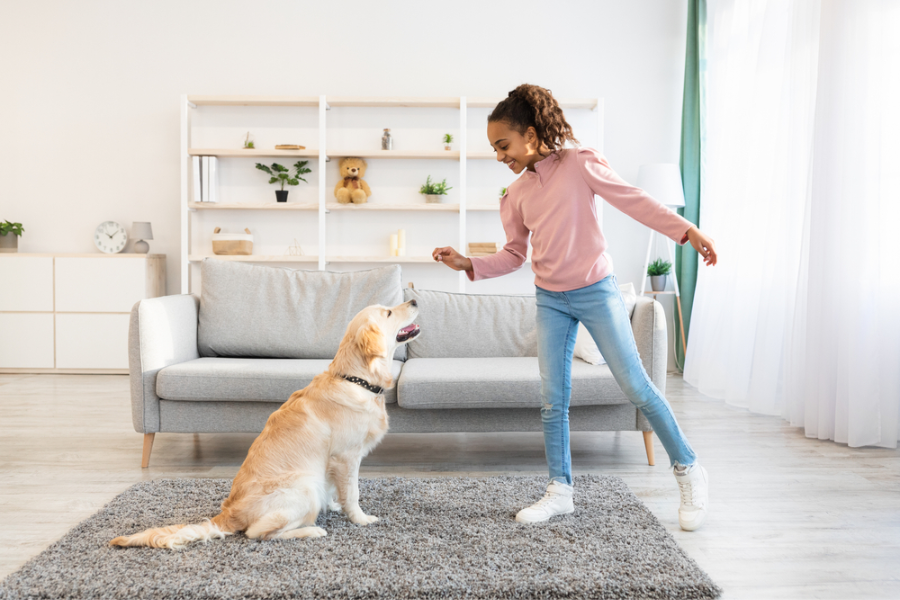
Praise and Reward
Positive reinforcement is one of the most effective methods in dog training, including puppy pad training.
- Immediate Reward: Offer a treat or praise immediately after your puppy uses the pad. Delayed rewards might confuse them about what they are being rewarded for.
- Types of Rewards: Treats, verbal praise, petting, or a favorite toy can be used as rewards. Find what motivates your puppy the most.
- Avoiding Negative Reinforcement: Never scold or punish your puppy for accidents. This can lead to fear and anxiety, making training more difficult.
Insights from Pet Experts on Effective Puppy Pad Usage
According to pet experts, the key to successful puppy pad training lies in consistency and patience. It’s essential to establish a routine for your puppy, including regular meal times and bathroom breaks.
Always watch for signs that your puppy needs to go, such as sniffing around or circling, and guide them to the puppy pad. Remember, it might take some time for your puppy to get the hang of it, so don’t be discouraged by a few accidents.
Choosing the Right Puppy Pads
When purchasing puppy pads, consider factors like size, absorbency, odor control, and cost. Each type of puppy pad serves different needs and lifestyles.
1. Disposable Puppy Pads
- Material: Typically made from absorbent polymers and layers of tissue paper or fluff pulp.
- Features: These pads often include a waterproof plastic lining to prevent leaks. They may also contain odor neutralizers and attractants to help train puppies.
Use: Convenient for one-time use, ideal for busy pet owners or for use while traveling.
Downsides: Can be more costly over time due to the need for frequent replacements.
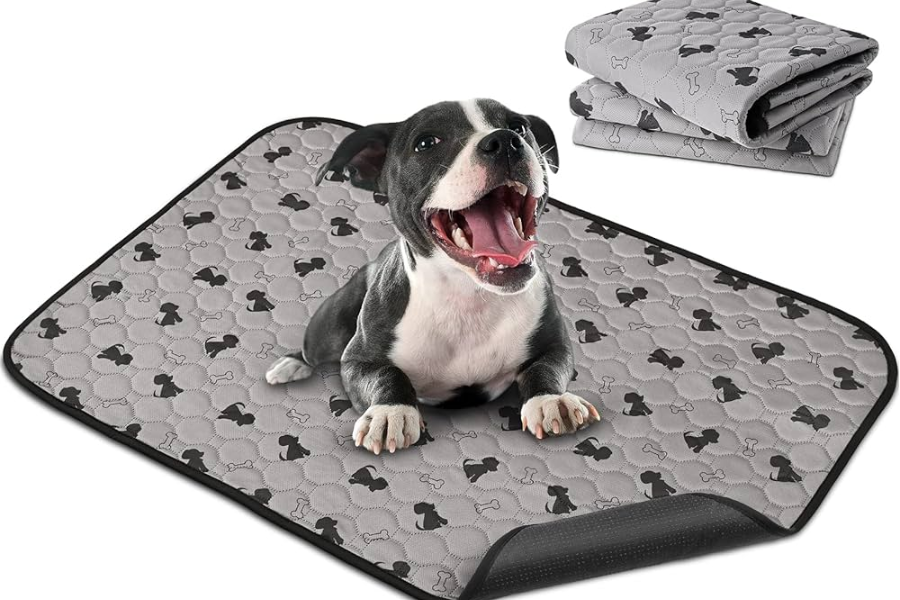
2. Reusable/Washable Puppy Pads
- Material: Made from fabrics like microfiber, cotton blends, or other absorbent materials.
- Features: These pads are designed to be washed and reused multiple times. They are often more durable and eco-friendly than disposable options.
Use: Cost-effective in the long run and better for the environment, but require regular laundering.
Downsides: Require regular laundering, which can be time-consuming.
3. Charcoal or Carbon-Infused Puppy Pads
- Material: Contain layers infused with activated charcoal or carbon.
- Features: Excellent for odor control, as charcoal naturally neutralizes smells. They often have similar absorbency to standard disposable pads.
Use: Great for keeping the area smelling fresh, particularly in small or enclosed spaces.
Downsides: Usually more expensive than standard disposable pads.
6. Gel-Infused Puppy Pads
- Material: Incorporate super-absorbent polymers that turn liquid into gel upon contact.
- Features: High absorbency and good for managing large amounts of liquid. These pads can hold several times their weight in liquid.
Use: Ideal for larger breeds or puppies that urinate frequently.
Downsides:Gel may be harmful if ingested, requiring careful monitoring of puppies.
Based on expert reviews and customer feedback, some of the high-quality puppy pads available in the market include brands like “Frisco Training and Potty Pads”, “Wee-Wee Puppy Pee Pads”, and “American Kennel Club Puppy Training Pads“. Always look for reviews and ratings before making a purchase.
Training Your Puppy to Use the Pee Pad
You should begin by letting your dog smell the pad and get comfortable with it. You should encourage them onto the pad whenever they show symptoms of having to go. Always remember to praise your dog when he successfully uses the pad. They will be motivated to continue the behaviour after receiving such praise.
Accidents, confusion, and resistance are all normal throughout the pee pad training process. If your puppy is hesitant to use the pad, consider positioning it near their resting spot and working your way up to the desired place. If things become muddled or mishaps occur, go back to the fundamentals of being patient and consistent. If you don’t want your puppy to associate a certain place with going to the toilet, be sure to wipe up accidents as soon as possible.
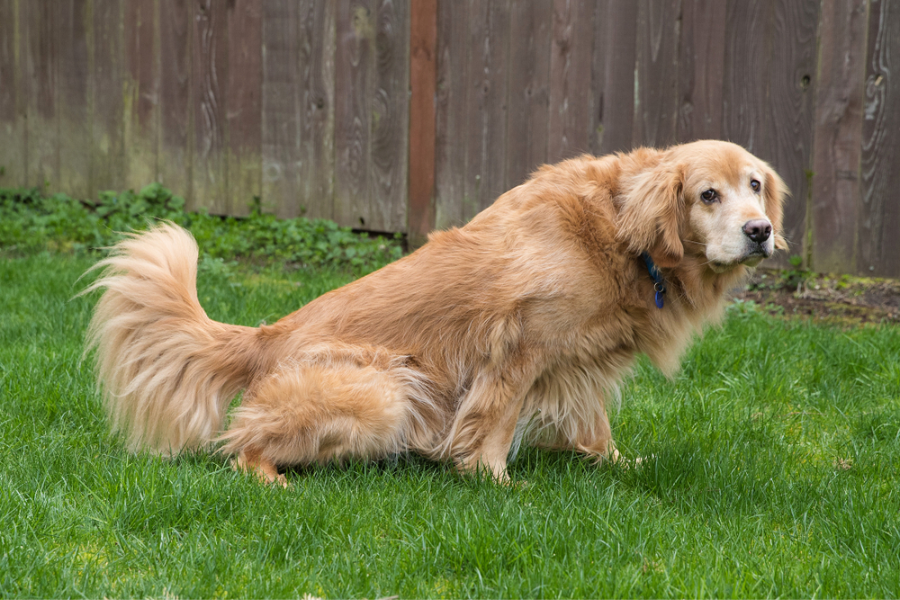
When to Stop Using Puppy Pads?
As we navigate the world of pet parenting, one question we frequently encounter is “When should we stop using puppy pads?”
The answer to this question is not as straightforward as it may seem. It depends on a variety of factors, from the age and health of the puppy to their adaptability and readiness for outdoor potty training. Let’s dive deeper into this topic.
Deciding to Stop Using Puppy Pads
When deciding to stop using puppy pads, consider your puppy’s age, health, and adaptability. Puppies can usually begin to transition to outdoor potty training between 4-6 months of age, but this can vary. Health is another important factor. For example, a puppy with a sensitive stomach may benefit from the continued use of puppy pads.
Adaptability is crucial. Some puppies may adapt quickly to outdoor potty training, while others may take longer. It’s essential to be patient and consistent during this transition period.
Transitioning Your Puppy from Pads to Outdoor Potty Training
To transition your puppy from pads to outdoor potty training, start by gradually moving the pad closer to the door that leads outside. Then, place a pad outside and encourage your puppy to use it. Over time, reduce the use of the pad until your puppy is fully comfortable going outdoors. Remember, each puppy is unique and the transition process should be tailored to their comfort and pace.
Alternatives to Puppy Pads
The key is to choose a method that works best for both you and your puppy, considering your lifestyle, your puppy’s breed and size, and your living environment.
Dog Litter Boxes offer an innovative solution, especially for smaller breeds or those living in apartments. They’re easier to manage than puppy pads and can be used long-term. However, transitioning a dog to use a litter box can vary in success, and regular cleaning is essential to manage odor.
Grass Patches, both real and synthetic, are excellent for simulating outdoor conditions. They are particularly useful for transitioning puppies to outdoor potty habits. The drawback is the maintenance involved — real grass needs regular replacement, and synthetic grass requires cleaning. They can also be more costly.
Crate Training is highly endorsed by many dog trainers as it uses a dog’s natural instinct to avoid soiling their sleeping area. It’s effective for housebreaking and establishing a routine but requires patience and proper training techniques. Puppies should not be confined for too long.
Training Sprays can be used to attract puppies to a designated area, supplementing other training methods. Experts suggest that the effectiveness can vary significantly between dogs, and some may not respond to the scent at all.
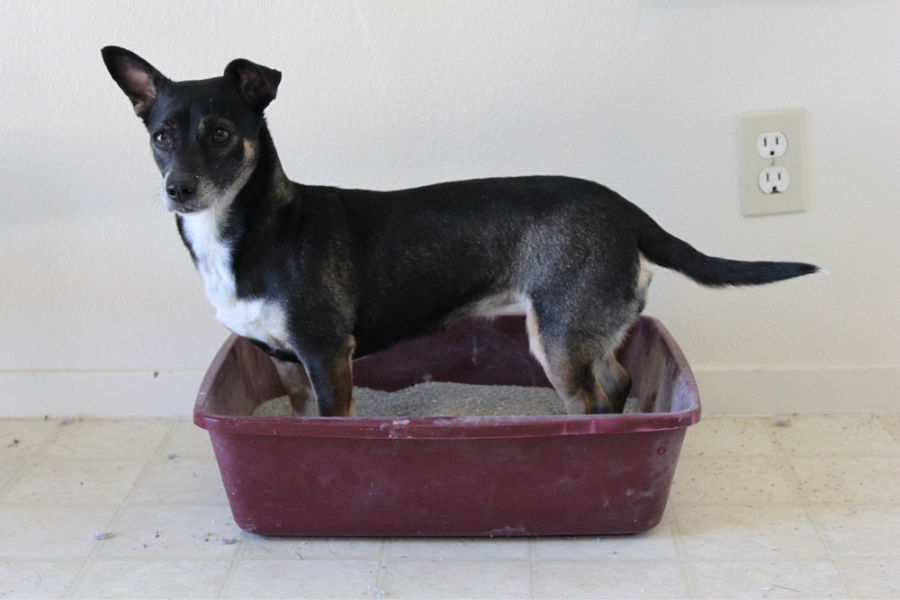
Conclusion
So, we’ve learned a lot about puppy pads, right? They’re super important for keeping your home clean. Plus, they help protect your puppy from getting sick.
We as pet parents need to make sure we’re changing these pads regularly. It’s a big part of taking care of our furry friends. Remember, it’s not just about a clean home, it’s about keeping our puppies happy and healthy too.
Puppy pads do make house training easier. But, it’s also good to know when to start teaching our pups to go potty outside.
With the right pads and a little bit of time, we can help our puppies grow and learn. So, let’s keep changing those pads and give our puppies the best start in life.

